MRI can be used to assess how much blood is flowing to the heart muscle, to determine whether the muscle is alive or irreversibly scarred (also known as myocardial viability). The heart muscle will be categorised into one of three categories:
- Alive and functioning normally
- Alive but functionally impaired (viable but hibernating)
- Irreversibly scarred
These categories are visualised to a level of detail up to 10 times that of other imaging techniques.
FOLLOWING A HEART ATTACK
Following a heart attack, it is important that we examine the heart muscle to identify any damage. In order to do this, stress (or perfusion) CMR will be performed. This is when the heart is put under stress with medication to discover whether it’s damaged but still alive. If so, it can be made to work normally if the blood supply is restored. Where there is a large amount of viable myocardium, patients can often be helped with bypass surgery. On the other hand, if the damaged heart muscle is mostly scar, a bypass operation will not help. In severe cases a transplant may be necessary.
Stress CMR can also be used for the assessment of patients with chest pain at low or medium risk of coronary disease. Many of these patients would currently undergo treadmill exercise testing, which is often an inconclusive investigation and is followed either by nuclear imaging or by a coronary angiogram.
FOLLOWING HEART FAILURE
CMR is a key test for the aetiology of heart failure. It is the most reproducible way of measuring cardiac size and function. In many heart failure services, CMR is now considered essential. Novel and increasing roles for CMR in heart failure, include the assessment of dyscynchrony and cardiac iron quantification.
CARDIOMYOPATHIES AND HEART FAILURE
CMR is the best technique to evaluate cardiomyopathy. It allows highly reproducible assessments of ventricular size, function, mass and wall thickness. It is also possible to differentiate ischaemic from dilated cardiomyopathy. CMR may be used to track the development and recovery of acute myocarditis, to speed up the patient journey and allow for a more specific diagnosis. In many cases, diagnosis could have been made on a single examination, rather than multiple studies, as is the current norm.
THALASSEMIA
This inherited blood disorder requires patients to undergo transfusions, which can cause iatrogenic cardiac iron overload. Despite being treatable and reversible if adequate intensive iron chelation therapy is started swiftly, approximately 50% of patients with thalassemia major die before reaching 35 years of age. CMR can detect high iron levels so that treatment can begin before the symptoms of heart failure occur.
